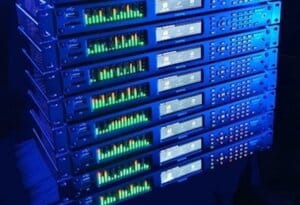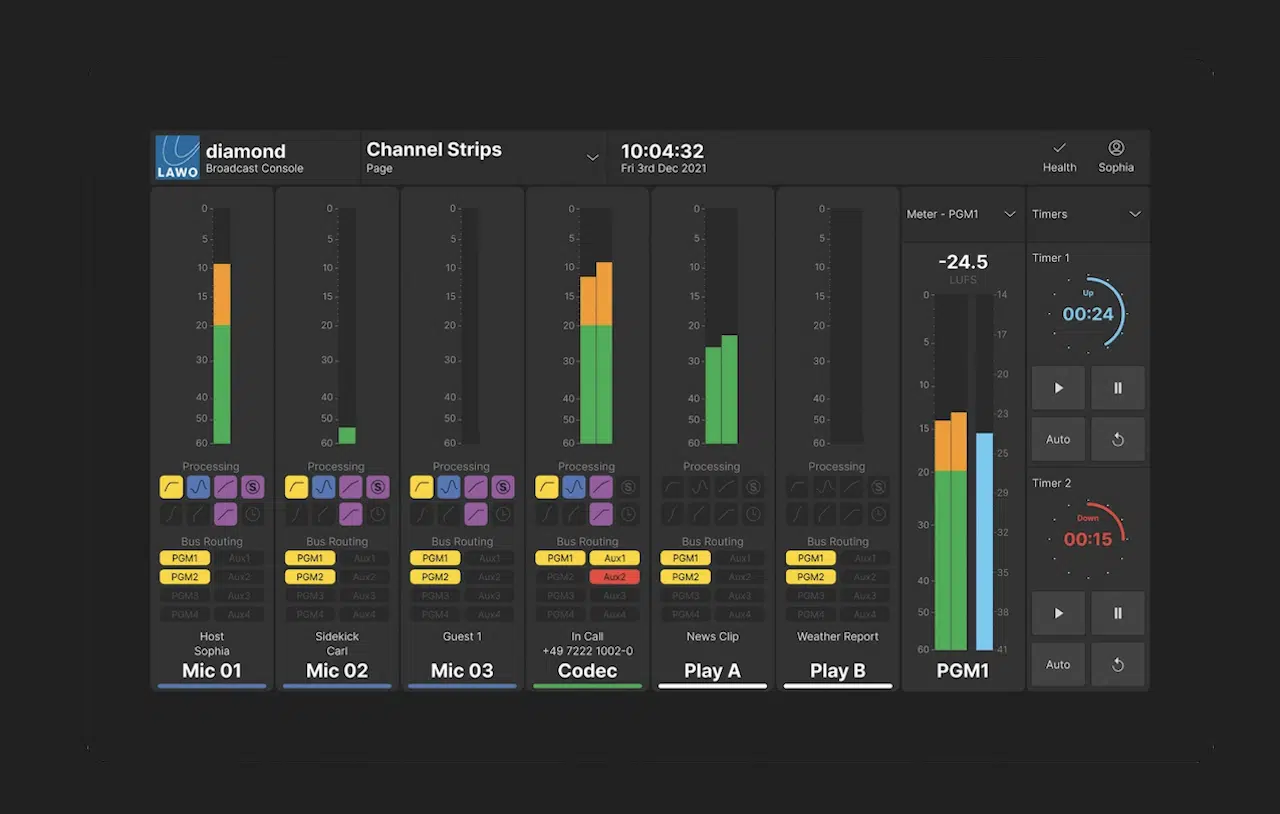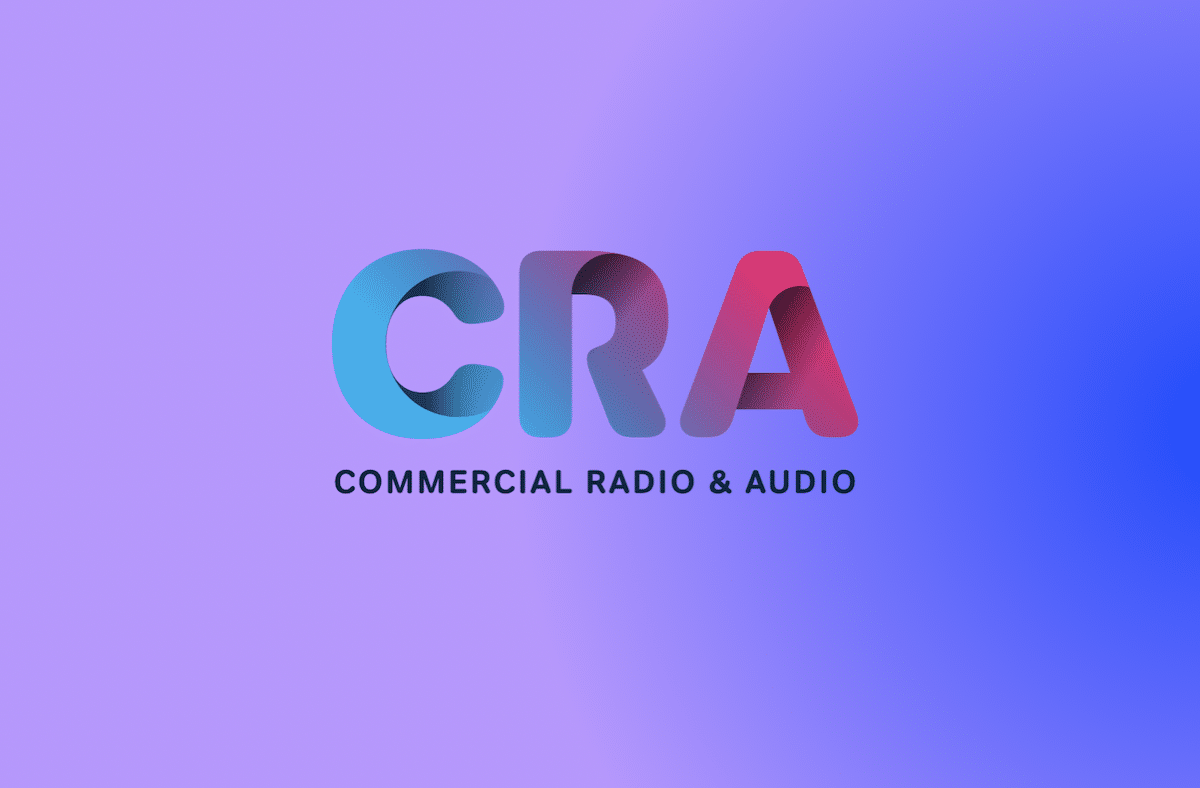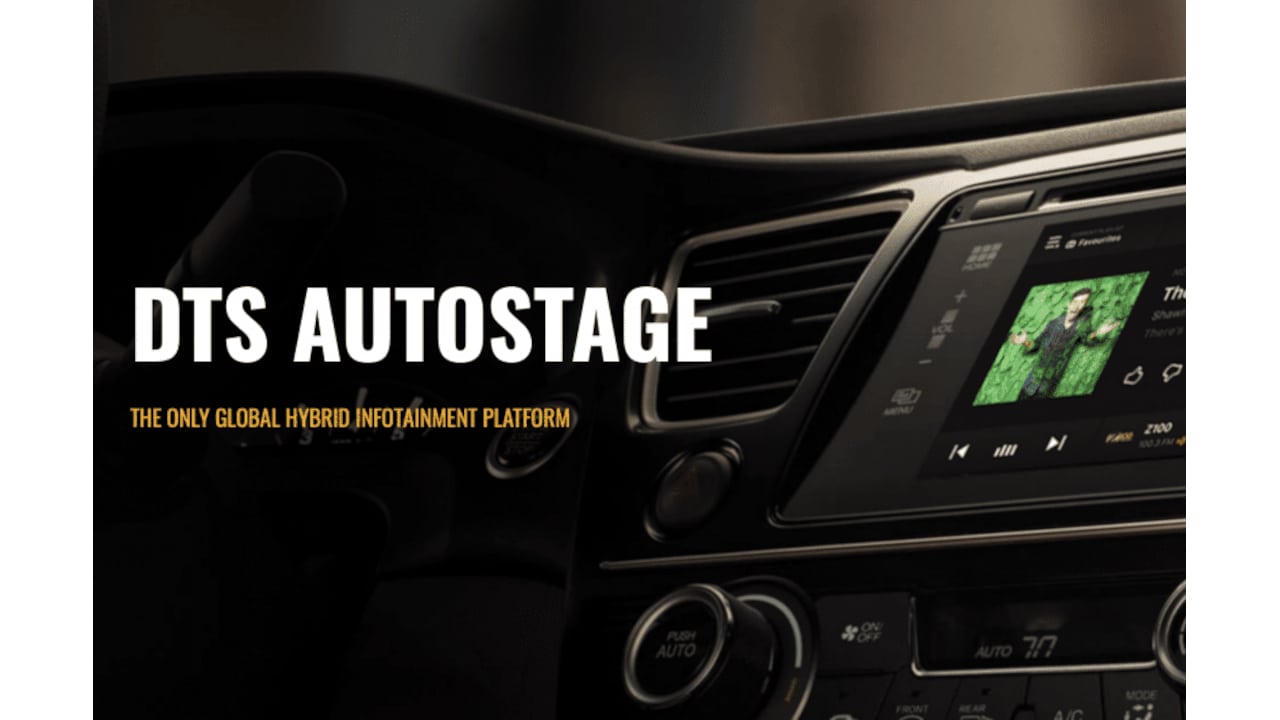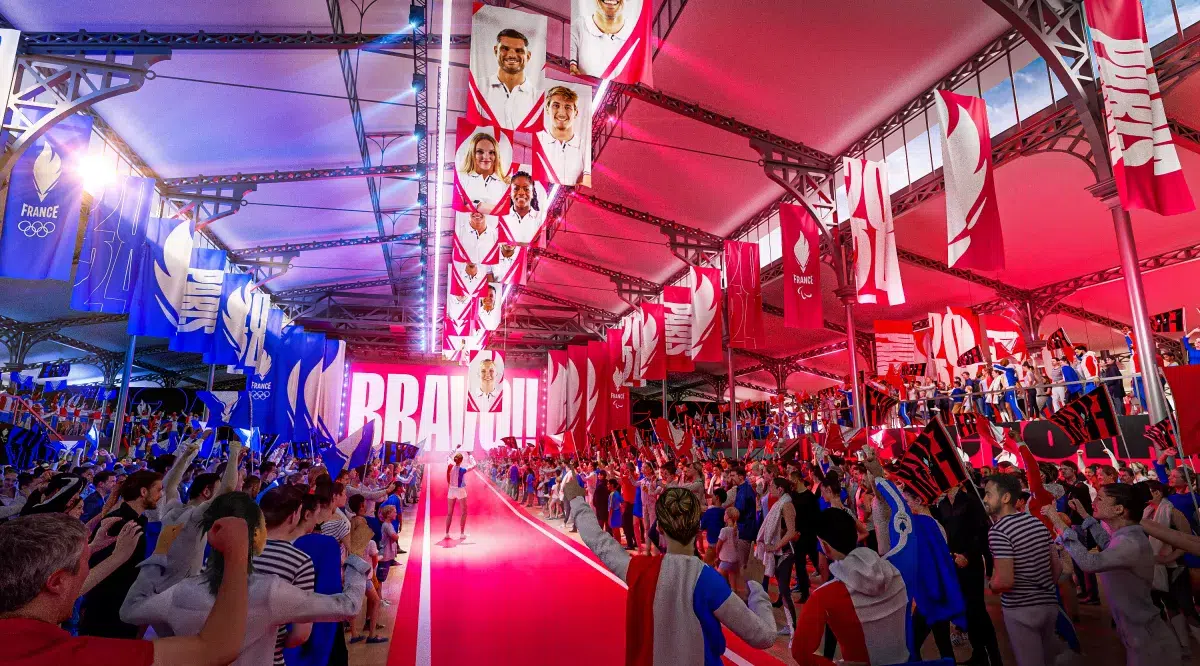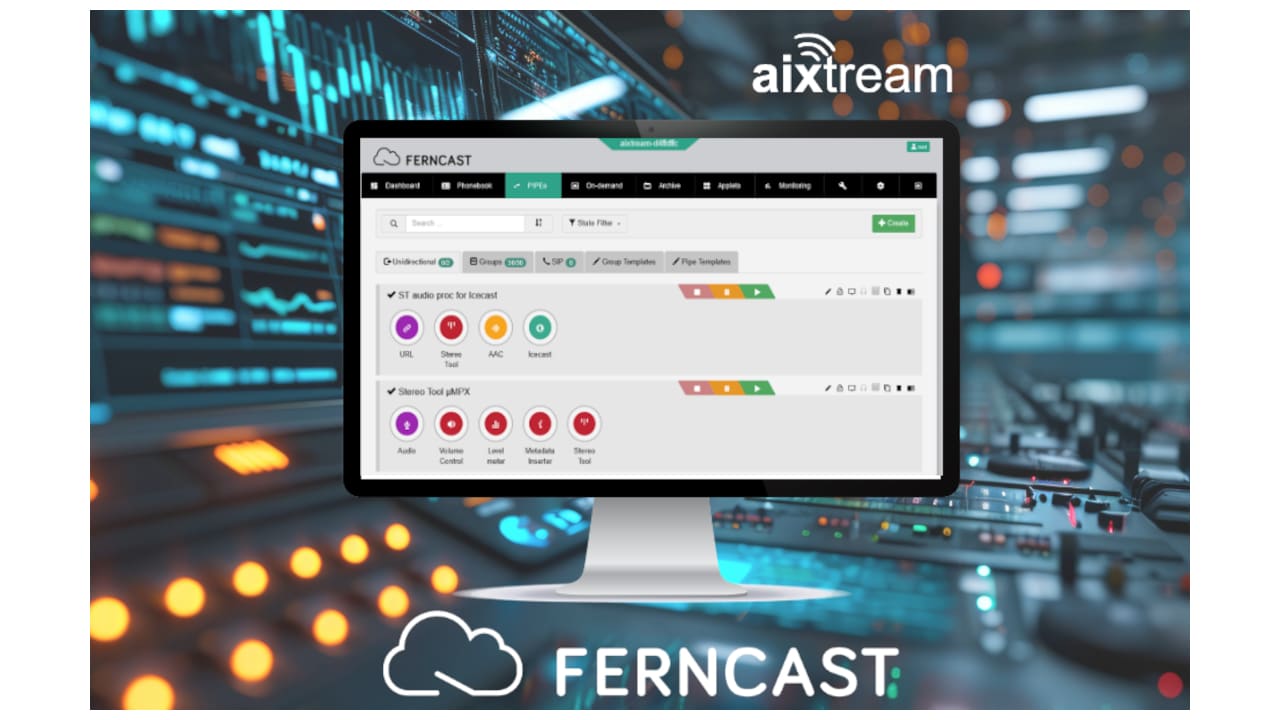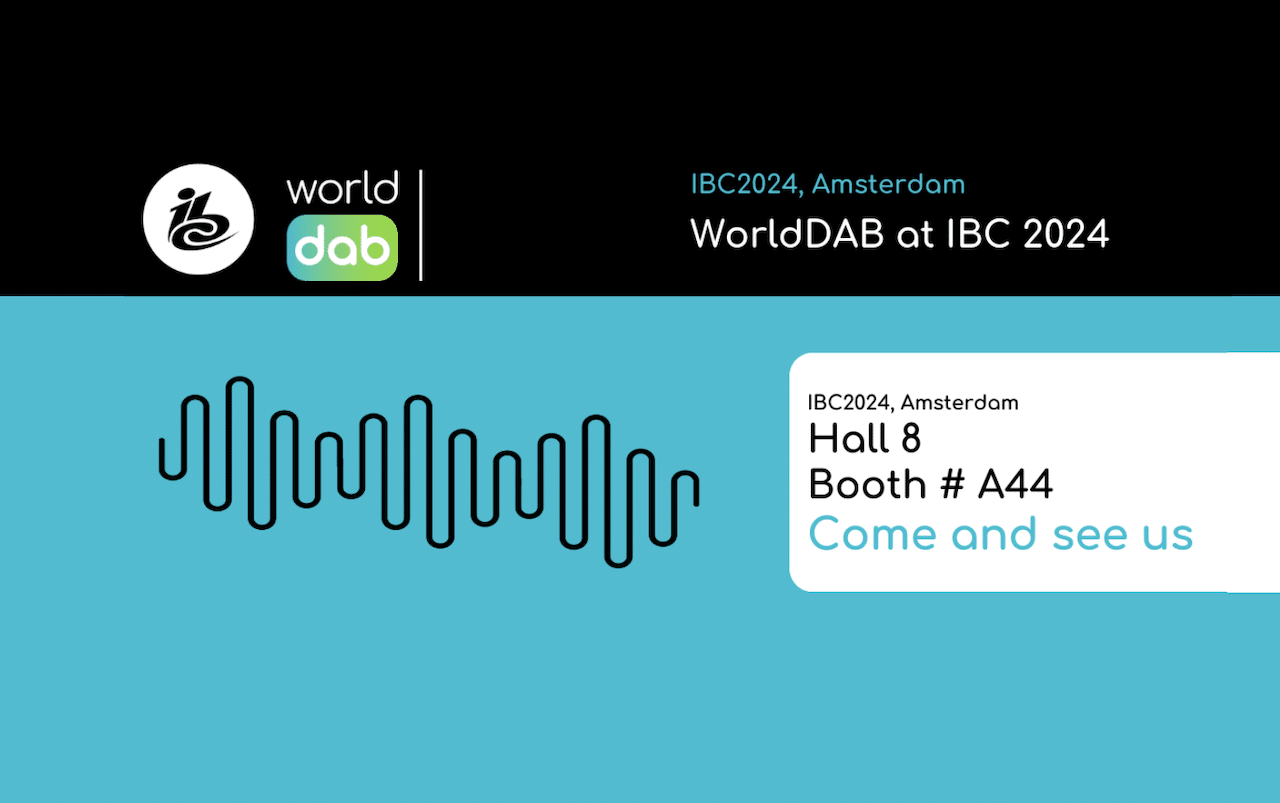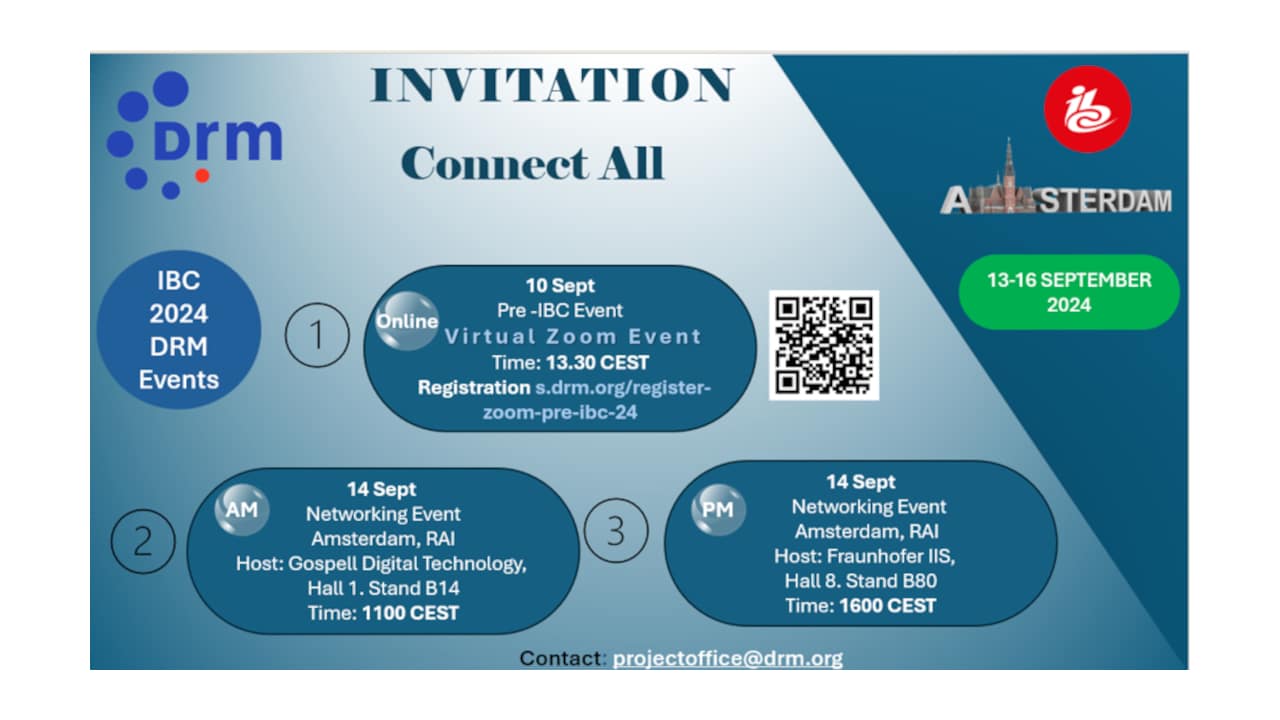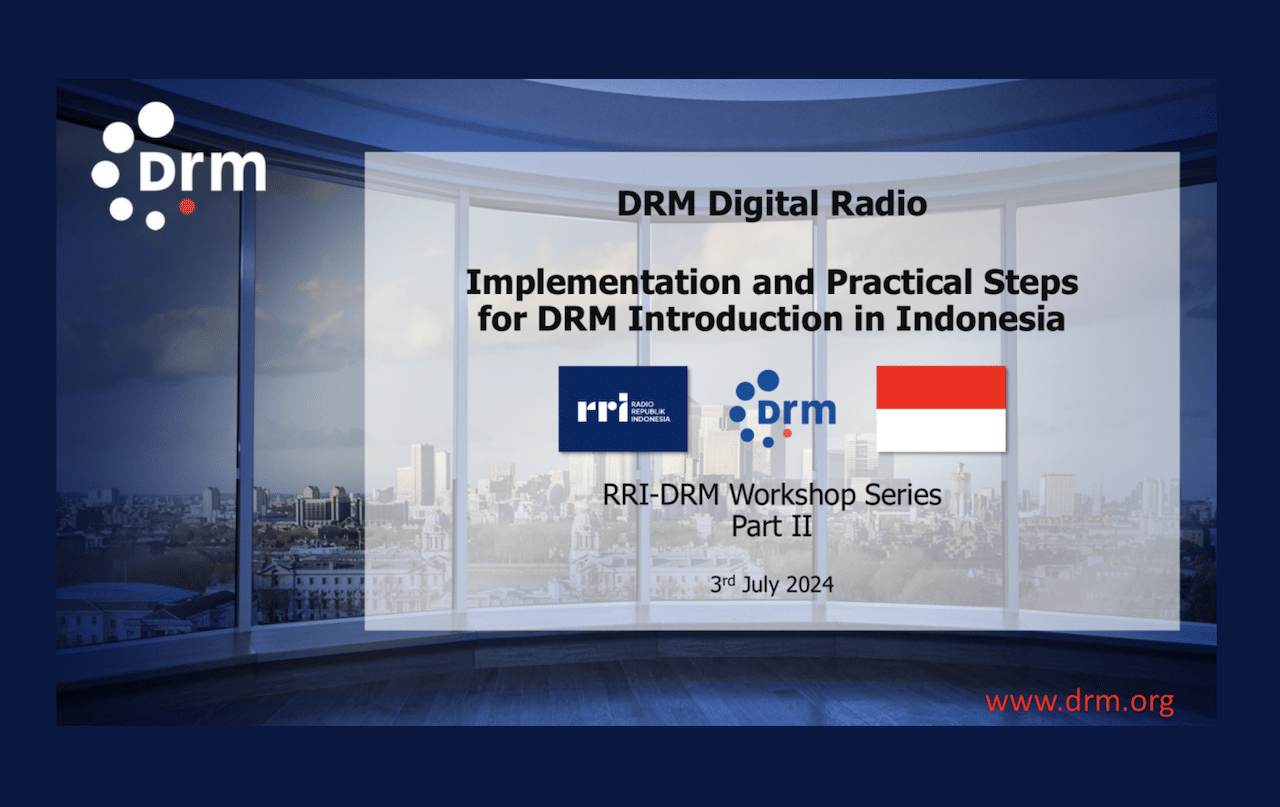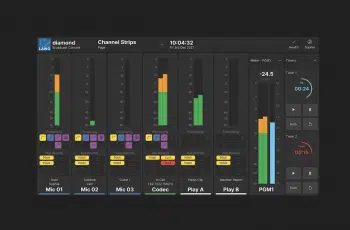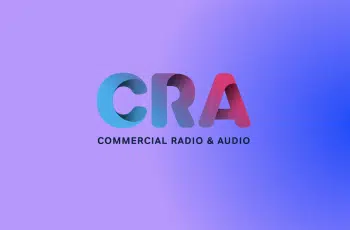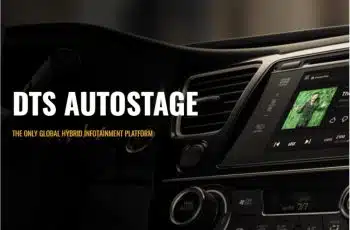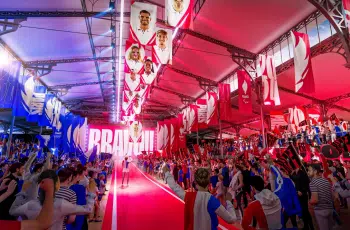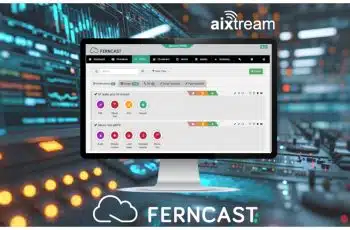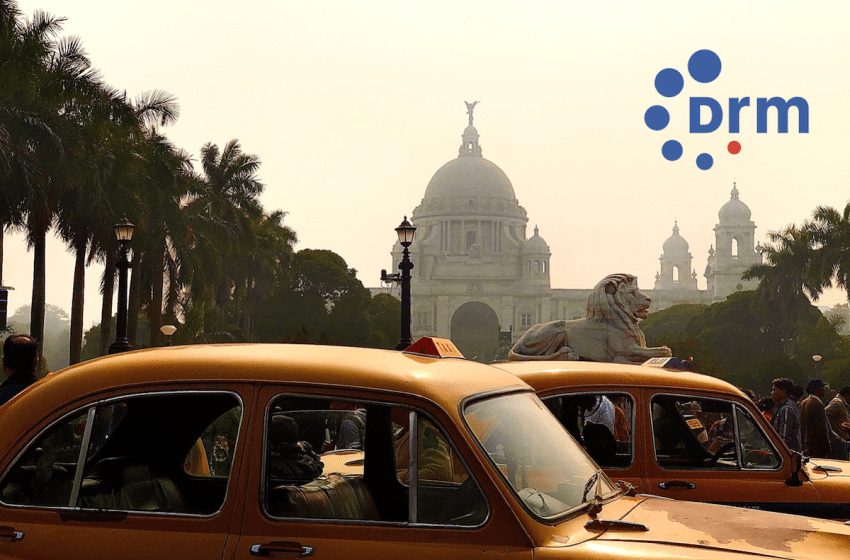
DRM hosted a live event titled “DRM Digital Radio — at the Forefront of FM Broadcasting” in New Delhi on July 21. In addition to the DRM Consortium, participants included the Association of Radio Operators for India, Indira Gandhi National Open University, the Indian Cellular and Electronics Association, the Federation of Automobile Dealers Association, cellphone manufacturer Micromax, NXP, Technomedia Solutions, Broadcast Engineering Consultants India, DRM receiver manufacturer Inntot Technologies, OptM Media Solutions, and five leading Indian private broadcasters.
India represents a significant market in the DRM rollout. One broadcaster alone — All India Radio — has 39 transmitters (35 medium wave and four shortwave) using DRM, provides exclusive 24-hour news radio broadcast content and multilingual Journaline information, and has tested DRM for emergency warning signals. The DRM Consortium says DRM digital signals in India today could reach more than 900 million people and that 30% of new cars have DRM radio receivers.
The presentation included the demonstration of a live transmission on various standalone receivers, a car radio, Android mobile phones and tablets, and the broadcast of multimedia content, including DRM’s Journaline advanced text application with support for all Indian scripts through Unicode.
The event also highlighted DRM efficiency in terms of spectrum usage — one DRM block requires about 100 kHz, which is half the bandwidth of analog FM, for four services (up to three audio and one multimedia service). Each block can represent a single broadcaster with complete control of the spectrum and content. The technology allows the broadcast of up to 18 audio services from a single FM transmitter, and DRM FM allows for simulcasting DRM FM and FM analog from the same existing FM transmitter.
Image: Arya Jalundhwala


